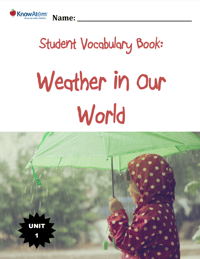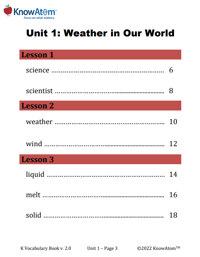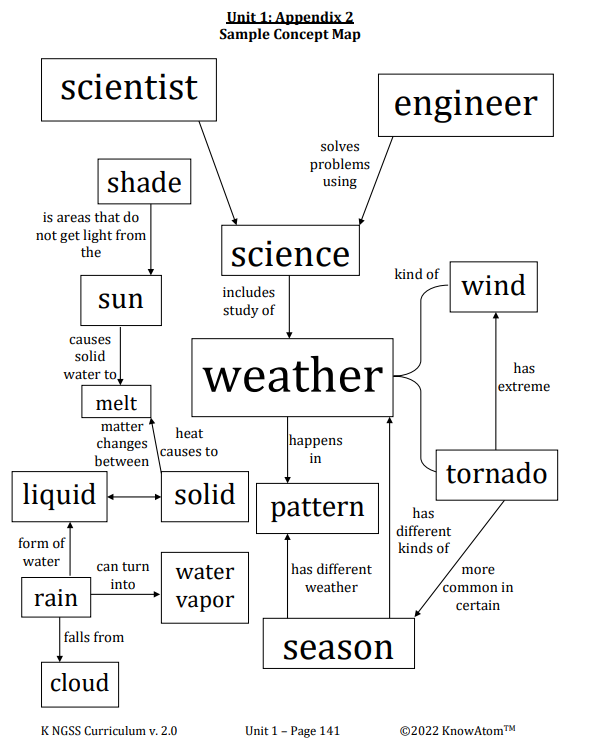In this lesson students use what they know about how sunlight warms Earth’s surface to design a prototype solution that helps people stay cool on a hot, sunny beach. Students first explore the work of an engineer through a circle-time book, then they discuss the importance of engineering, before working in pairs to solve a problem. Students plan, design, build, test, and analyze the prototype they create to fully experience the engineering cycle.







